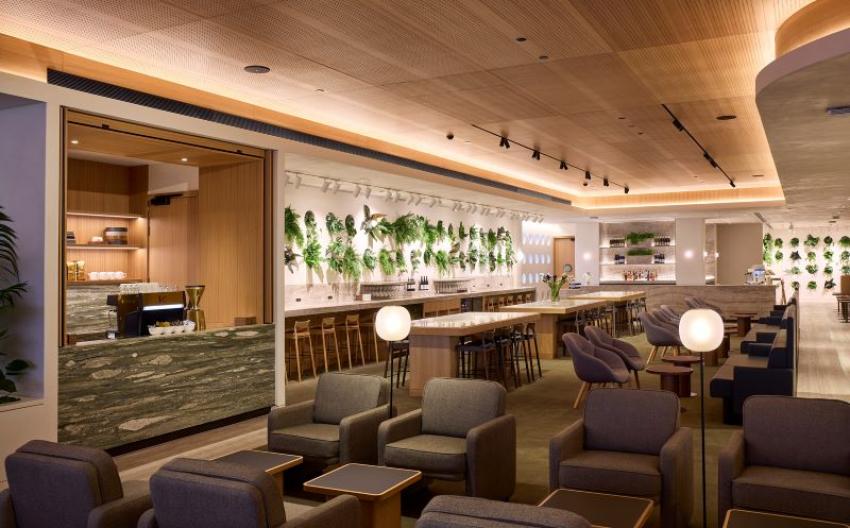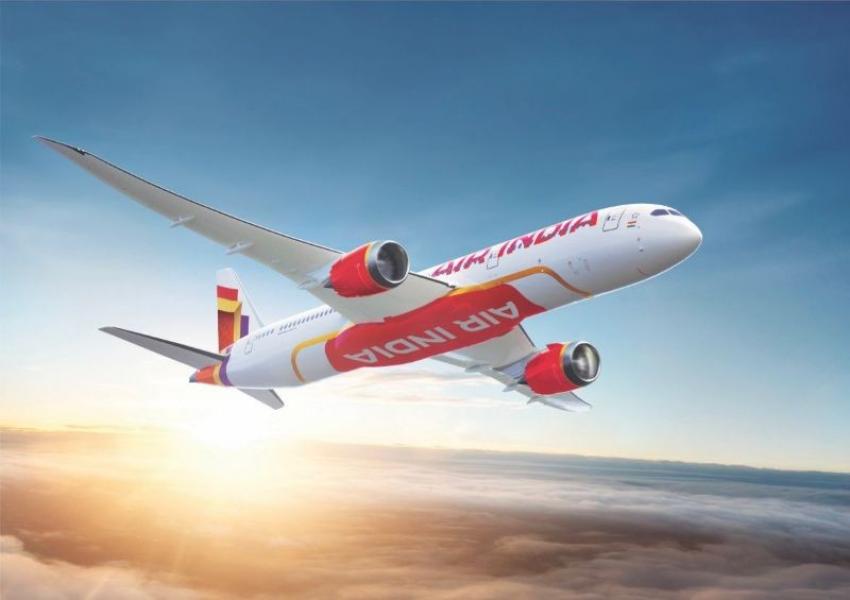NITN | @notintownlive | 18 Jul 2022, 04:18 am
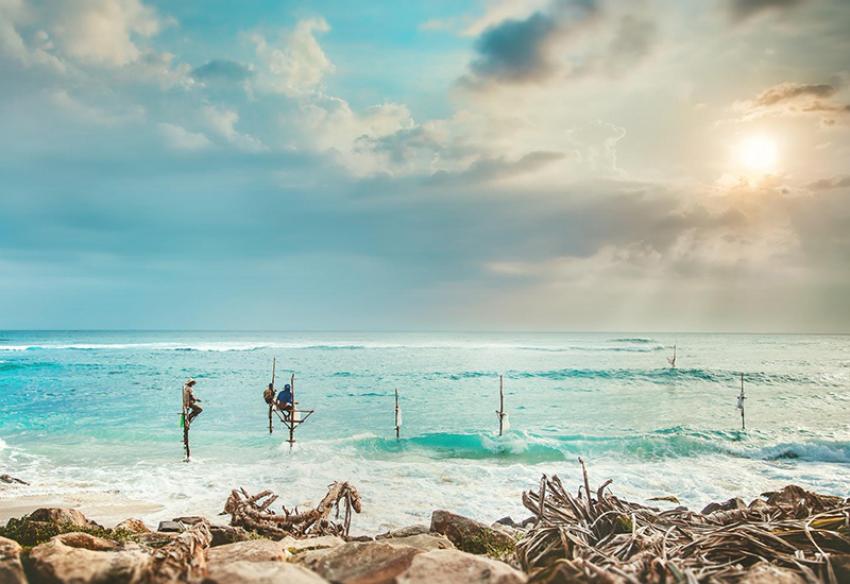 Sri Lanka
Sri Lanka
Image: Unsplash
Sri Lanka is in the news for all the wrong reasons these days. But this tourist magnet reeling under economic and political turmoil is sure to make it back on the bucket list of global travellers for its innate beauty and spirituality, says Supriyo Hazra as he completes a weeklong visit to the island nation which began in Colombo and ended in Galle
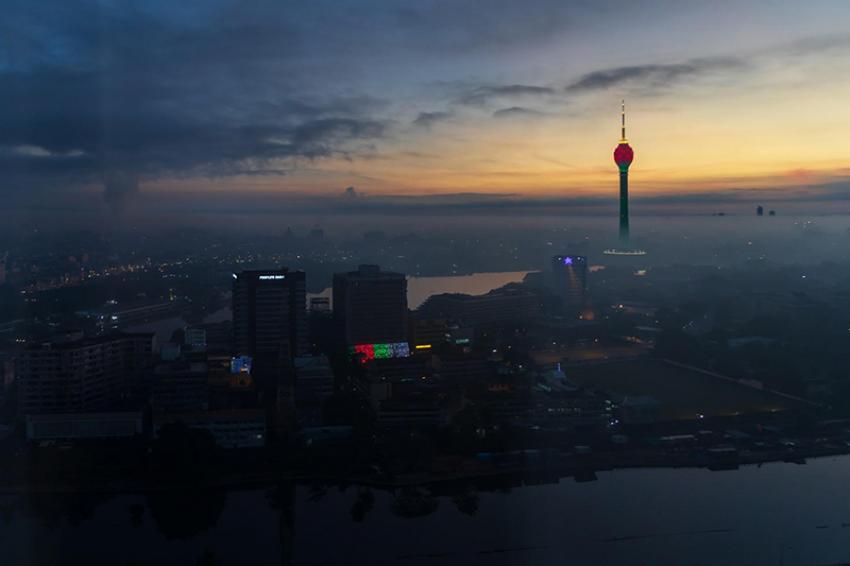 Lotus Tower, Colombo. Image: Unsplash
Lotus Tower, Colombo. Image: Unsplash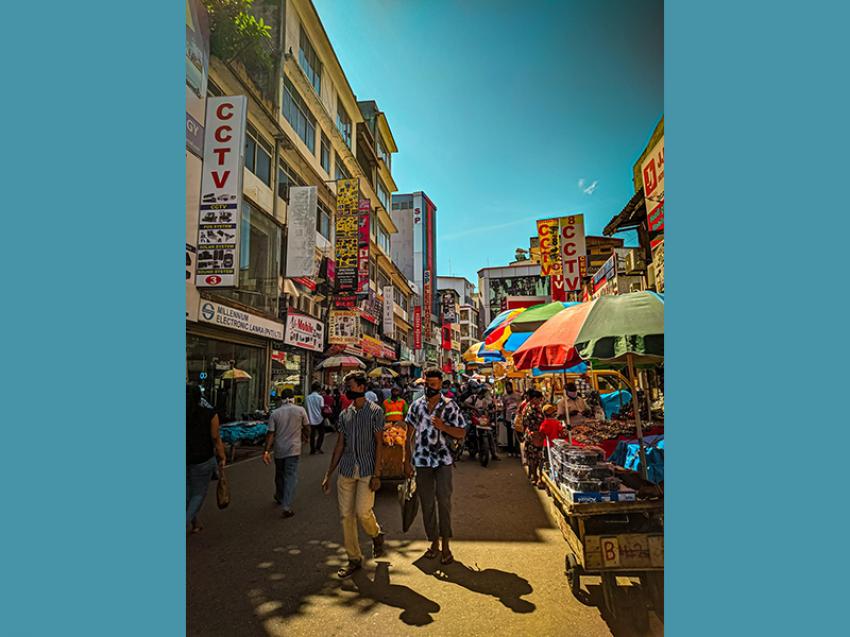 Pettah Market. Image: Unsplash
Pettah Market. Image: UnsplashLike any other busy city, Colombo too hides within its heart a busy marketway where you should move around and be amazed by the hustle and bustle of it. If you search in the internet about the must do things in Colombo then visiting this market remains one recommendation.
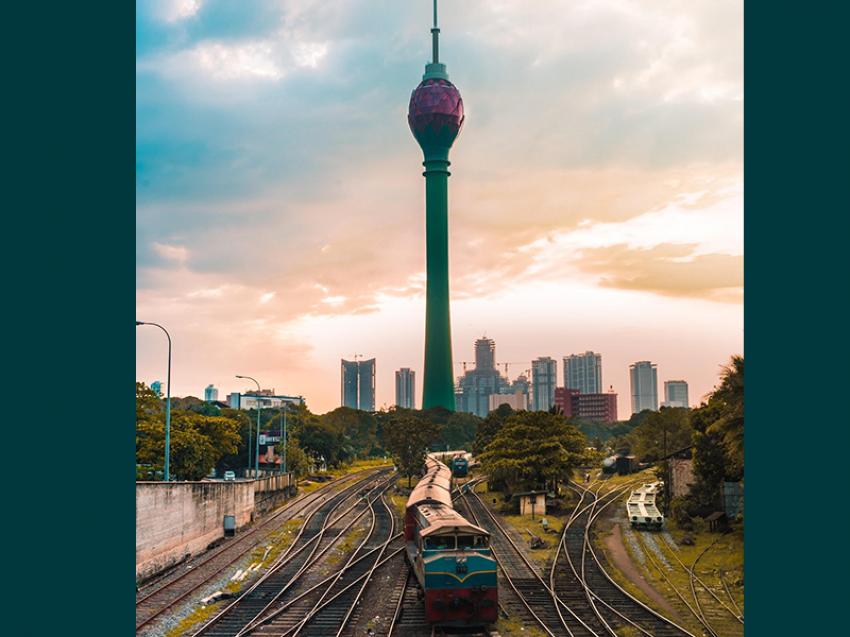 Image: Unsplash
Image: Unsplash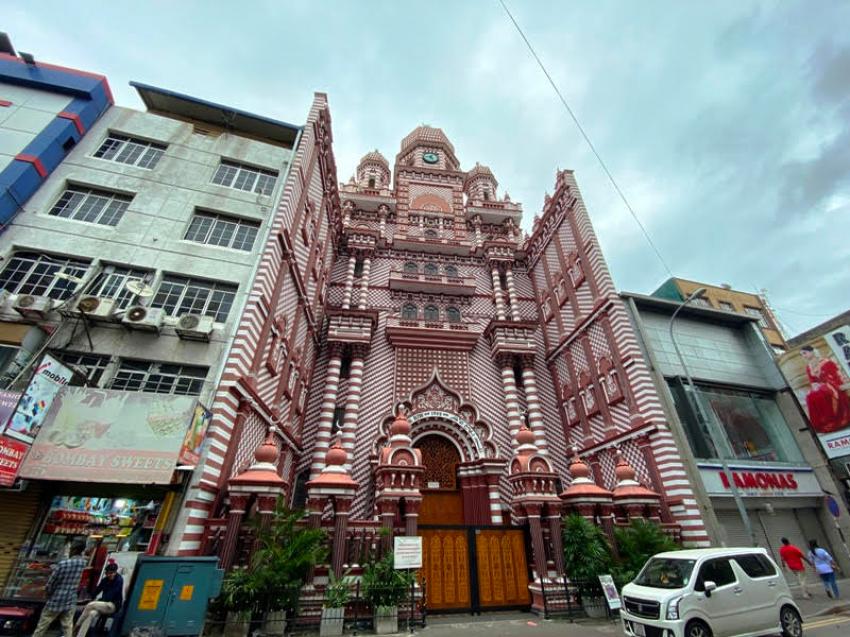 Red Mosque, Colombo
Red Mosque, ColomboIn the late evening, once you are done with your visit to the Pettah Bazar and a railway station, you can finish the day by visiting the nearest shopping mall and enjoy the way today's people in Colombo love to buy their products.
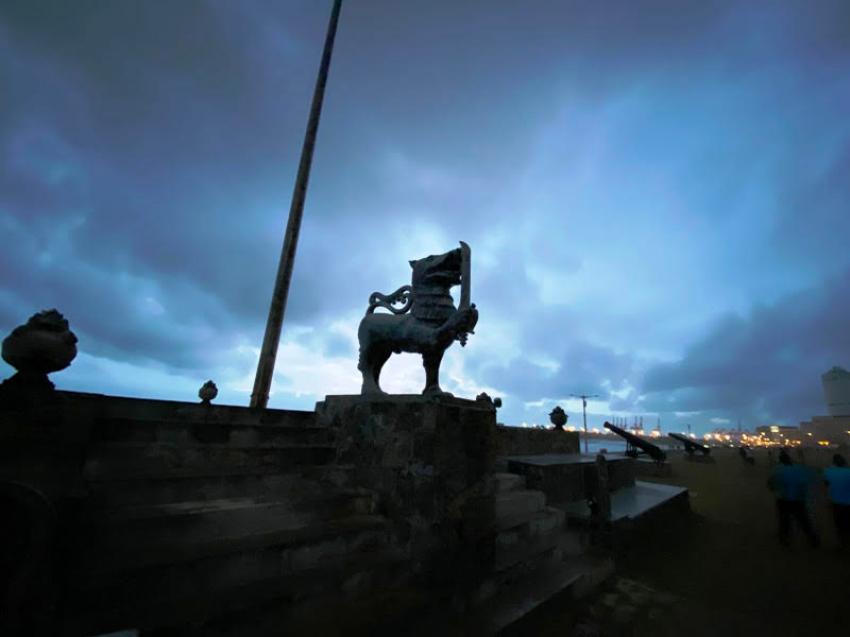
In Colombo, you should also visit the Kelaniya Raja Maha Vihara, a popular pilgrimage destination in the city. You may also visit the Vibhishana Temple present inside the premises.
Even though Kelaniya is a Buddhist Temple in Sri Lanka, there is a direct link between mythological tales of Ramayana in Sri Lanka and Kelaniya Buddhist Temple.Ramayana states that after the death of Ravana, the demon King as mentioned in Ramayana, Vibhishana was crowned by Lakshmana (brother of Hindu deity Rama). Kelaniya is the place which had been ruled by Vibhishana.
King Vibhishana, who was considered a righteous king, had supported Rama against his own brother’s injustice. Many devotees that visit king Vibhishana ’s shrine even today also pray to him and ask for his intervention in solving their problems.
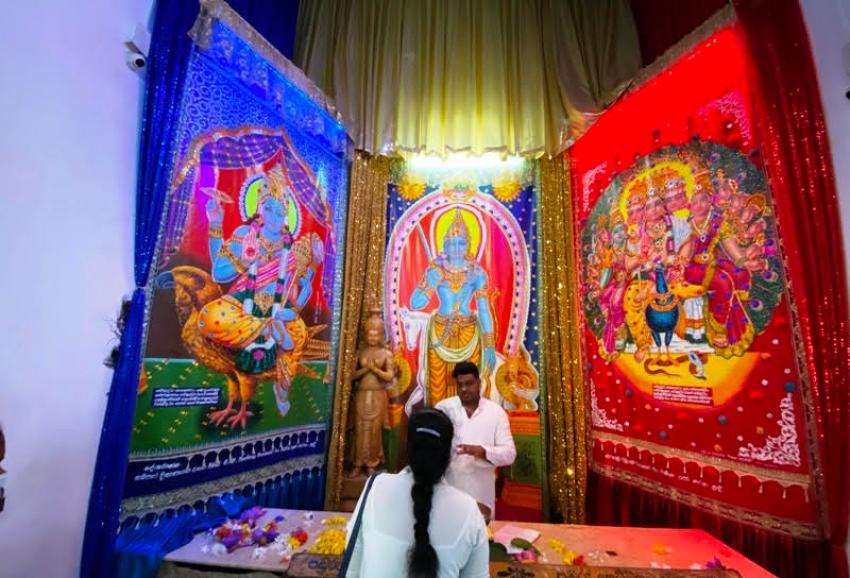
They feel that the deity is one of the main protectors of the island, especially in its western territories.
Apart from the tales of Vibhishana, the wall paintings and statues crafted on the walls of the temple will also earn your attention as you visit different corners of the old structure.
Kelaniya Temple is believed to have been built in the era prior to the chronologically recorded history of Sri Lanka (since 543 B.C). It was renovated by Prince Uttiya, brother of King Devanampiyatissa following the arrival of Arahat Mahinda in 307 BC.
Prince Uttiya also built the first ever residential quarters of the Buddhist monks (Sanghawasa) there.
Legends say, in the 5th Century BC, Lord Buddha visited the holy place in his 3rd and final visit to Sri Lanka, under the invitation of King Maniyakika of the Naga Tribe.
The King had built a unique Stupa design inspired by the shape of a heap of paddy.
According to local folklore, once a person visits the Holy Temple of Kelaniya, all their 'bad Karam' (bad acts) will decay.
We suggest that when you visit the temple, you must keep away your mobile phones and sit back and pray for a moment and feel the positive vibe which overpowers the place.
In Colombo if you want to choose your city attractions differently, then the legendary Radio Ceylon should be in the list.
Once you reach the Sri Lanka Broadcasting Corporation building in Colombo, you will find that it has turned more into a museum today.
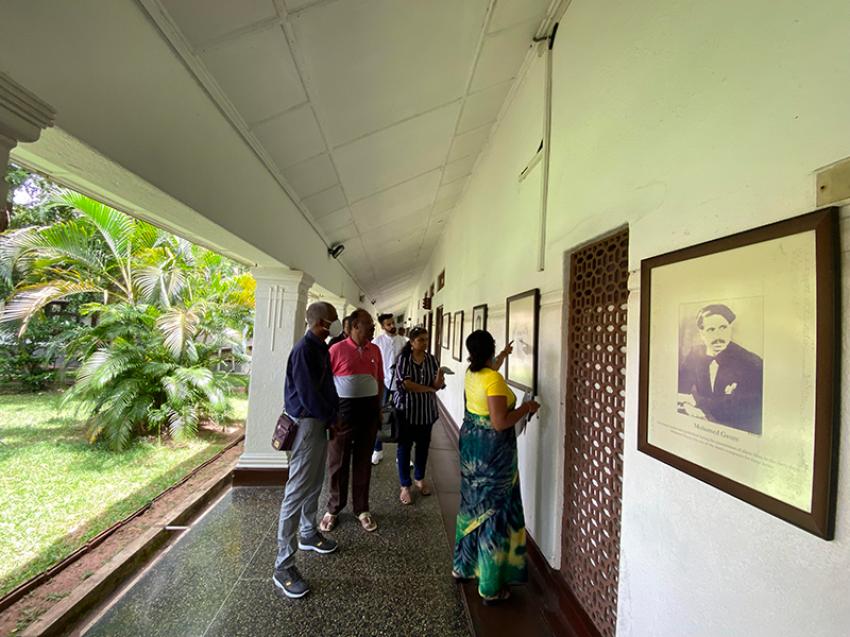
During its earlier days of functioning, Radio Ceylon worked as a news service for the Allied forces during the Second World War. Later, it came under the control of the Ceylon government once the nation gained independence.
The Sri Lanka Broadcasting Corporation took it over in 1972 following its formation.
However, Radio Ceylon, by that time had established itself as a queen in the world of radio broadcasting, creating a loyal fanbase even in nations like Nepal and India.
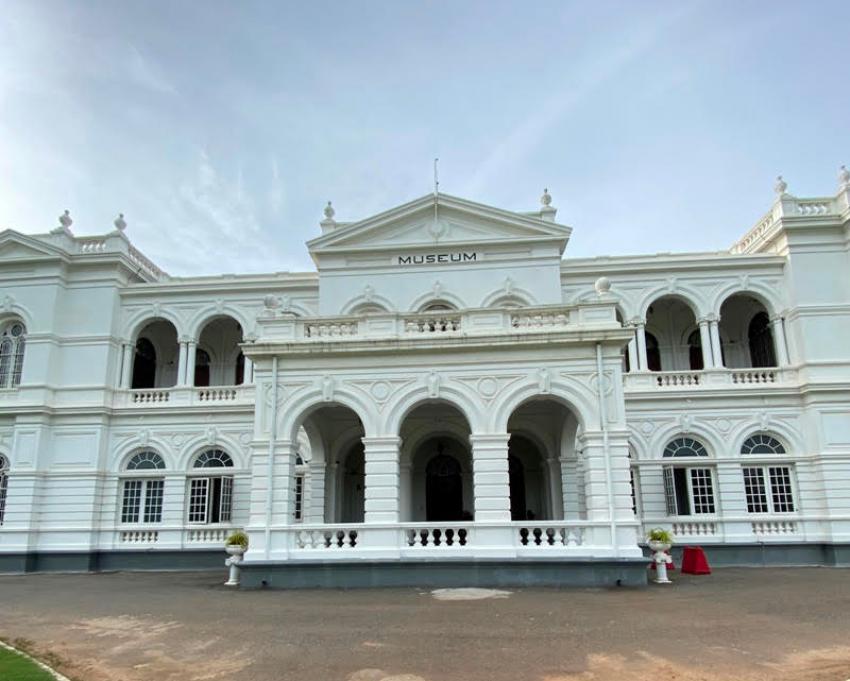
Once you end your visit to Colombo, you can now visit Mihintale, a mountain peak near Anuradhapura, on the next day of your visit to the picturesque nation. In the 3rd century BC, the area of Mihintale was a thick jungle area inhabited by wild animals and was a hunting ground reserved for the royals.
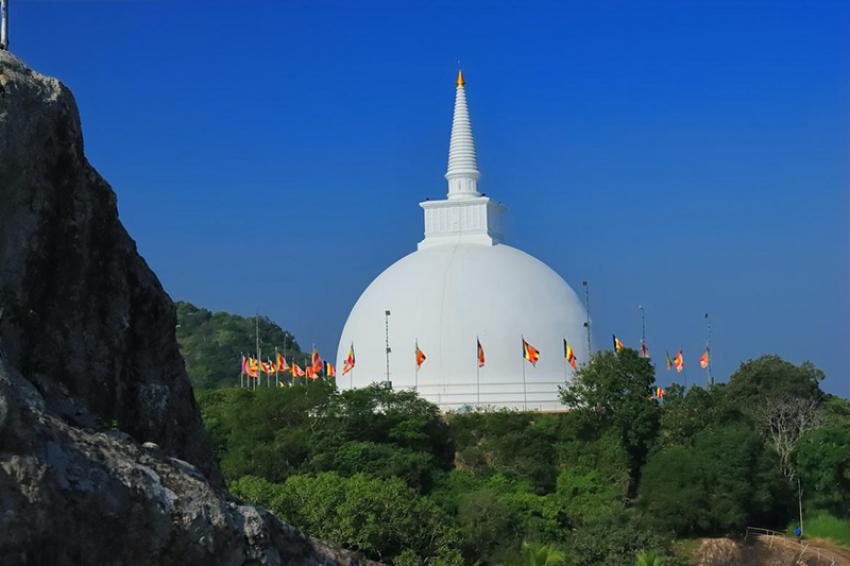
All this changed in 250 BC when the Son of the Indian Emperor Asoka, Mahinda Arahath Maha Thero arrived at the Missaka Pauwa to meet king Devanampiyatissa for the first time and asked the famous questions to decide whether he is intelligent enough to understand the philosophy of the Buddha.
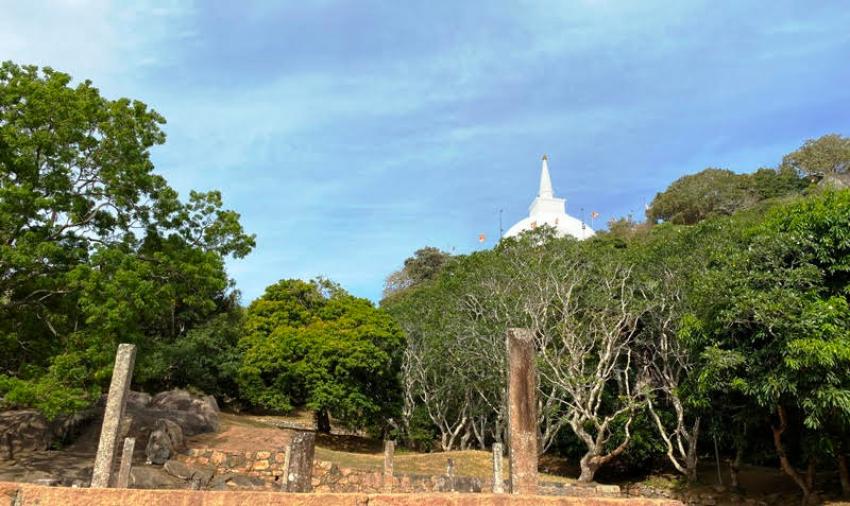
Initially it was Mahinda Maha Thero’s residence, but later Mihintale (Mihinthalaya) became a main center for Theravada Buddhism and is considered the cradle of Buddhism in Sri Lanka and was developed throughout the millennia by many kings as massive monastic complex complete with hospitals for the sick bhikkhus.
When you visit Mihintale, you must leave all your anxieties away and be a part of the religious-historical journey that encompasses the rocky region.
After finishing your visit to the venue, you can finish off the day in some nice property in Dambulla to rest yourself for the night.
I was at the luxurious Jetwing Lake. The secluded property helped me relax after a hectic day as I enjoyed its natural surroundings which combine expanses of greenery, water body, forests and of course chirping of birds.
On the very next day, you need to wake up early in the morning, preferably at 6 am, and start climbing up the gorgeous Sigiriya. You can really challenge yourself while climbing the tough steps to reach the top of the structure that has attracted tourists from far and wide places.
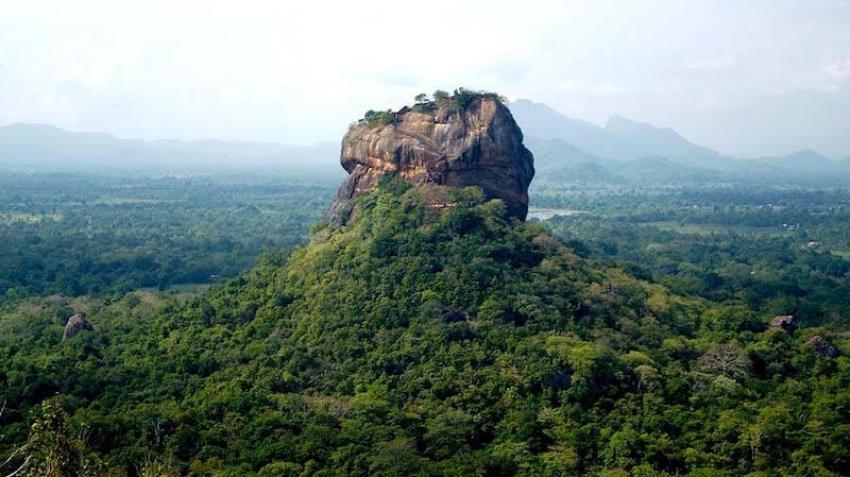
Sigiriya is famous for its palace ruins (King Kashyapa, 477 – 495 AD when he built his new capital) on top of a massive 200 meter high rock surrounded by the remains of an extensive network of gardens, reservoirs and other structures.
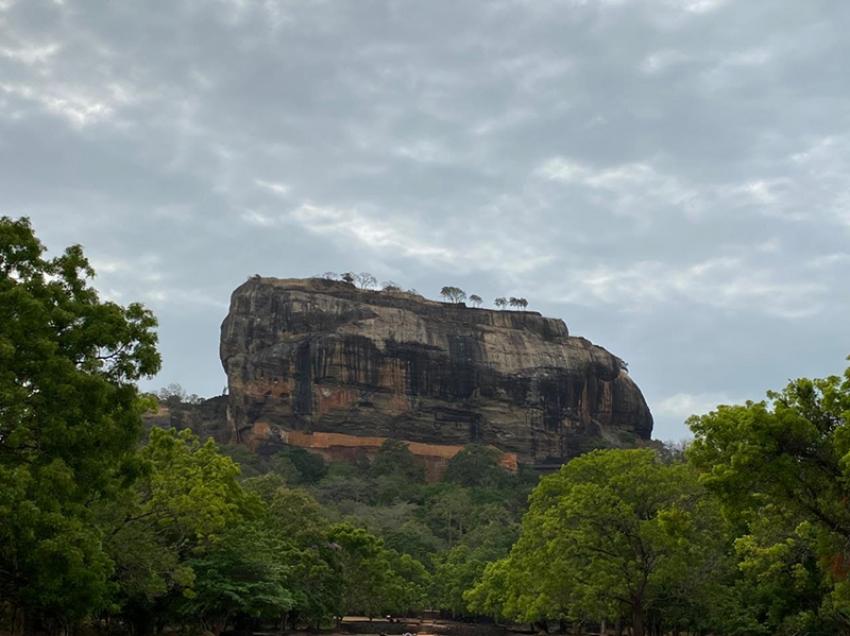
It is a Fortress in the Sky. On the summit are the remains of the Royal Palace. Halfway during the trek, you find a small plateau where the King had built a gateway in the form of an enormous lion. The name of this place is derived from this structure, the Lion Rock.
This rock is a lava plug left over from an ancient long extinct volcano. It also boasts of ancient paintings (frescoes), similar to India’s Ajanta Caves.
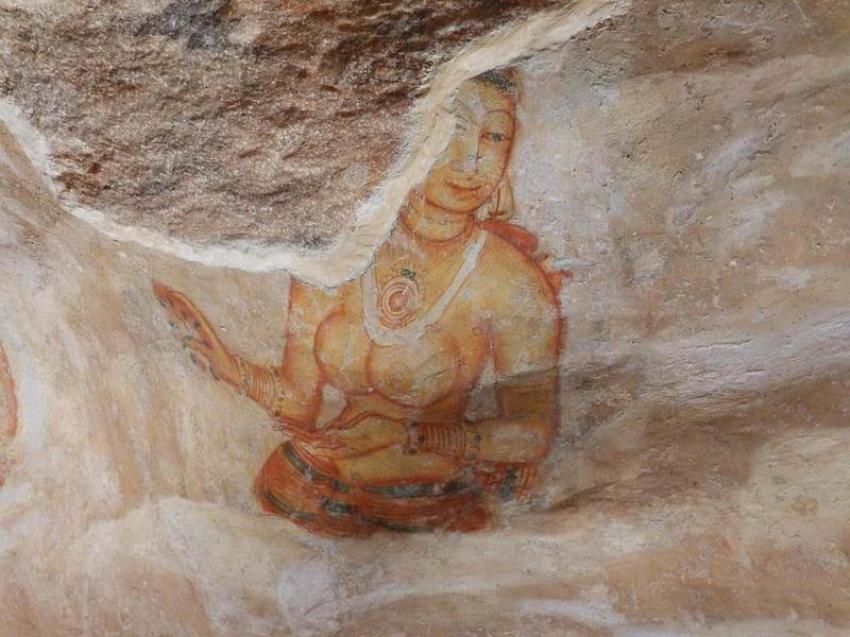
Climbing the stairway along the vertical walls of the rock is an uphill task indeed. As you reach the flat-topped summit of an ancient civilization, what you see is a sweeping vista of emerald forests and faraway mountains, making your day truly special.
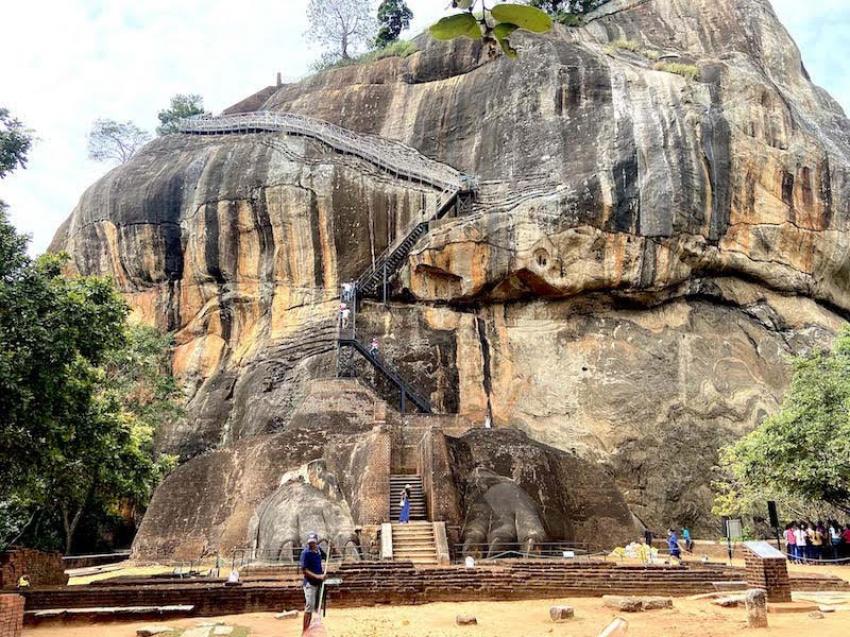
As per Sri Lankan tourism, Sigiriya was used as a rock-shelter mountain monastery from about the 5th century BC, with caves prepared and donated by devotees of the Buddhist Sangha.
Significantly, Minneriya National Park is known for Asia’s largest Asian Elephant gathering in the world.
.jpg)
On your next day of the trip, you can start the day by undertaking the tough task of travelling all the way to Nuwara Eliya district. The hill station is popular among travellers for its colonial charm, rolling hills and famous Ceylon tea gardens.
.jpg)
Once you reach Nuwara Eliya, you can straight away move to Jetwing St. Andrew’s, which is six acres of highland luxury and heritage for your perfect way to stay in the hill station.
.jpg)
Nuwara Eliya is also shadowed by Sri Lanka's highest mountain Pidurutalagala (a height of 2,527 m or 8,292 ft).
While the lovely tea plantations are a big draw of Nuwara Eliya, the town also offers a breath-taking view of Gregory Lake.
.jpg)
This is a man-made lake constructed by the British in 1873 and named after Sir William Gregory. The beautiful waterbody against the backdrop of lush green hills is your perfect getaway for a walk or riding a bike or boating besides other water sports it offers.
A walk tour of Sri Lanka's "Little England" is highly recommended to savour its lush green hills, tea plantations and the British era buildings with colonial and Tudor architecture.
.jpg)
During your stay in the hill station, you should also visit the Damro Labookellie Tea Centre and know about the various stages passed till you get a packet of tea and prepare your daily quota of the favourite drink in your home. You can also interact with the tea planters and click selfies with them to fill up one more colourful page of your Sri Lankan travel album. Before leaving, sit back and relax at the Damro Tea Lounge and cherish a cup of your favourite warm drink.
If you want then you can also buy a packet of tea from the store located in the lounge for your family and friends.
The temple was built enshrining a lingam brought from River Narmada built at the place believed to be where Meghanath - King Ravana's son was blessed by God Shiva.
According to some folklore King Ravana's mummy lies hidden somewhere in this region.
.jpg)
Continuing your journey through the tales of Ramayana, you should next visit Seetha Amman Temple, which is located close to the Gayathri Pedam. It is considered as the main place where Seetha (Sita, the wife of Lord Rama) was kept in hiding by Ravana.
When you visit the legendary venue, that connects India closely with the neighbours, you will see a stream flowing beside the temple. Legend says that Sita used to bathe in the stream during her stay at the Ashok Vatika.
Close to the banks of the stream, you can find footprints akin to Lord Hanuman’s. While some of them are smaller in size, the rest are bigger, a sight which might leave you amazed.
Ramayana, thus, binds two nations and these places have the potential to attract more Indian travellers to Sri Lanka which is fighting hard to cope with its own political and economic crisis.
After completing your visit to these two places, the next thing that you must accomplish is surely climbing up and reaching the dark Ravana Cave. A hike to reach the cave will end your quest to understand more about Ramayana's deep connection with the Island Nation. Located in Ella town, you must keep some time in your hand while visiting this thrilling destination.
Legends say that it was in this cave where Ravana had kept Sita as a captive after taking her away from today's India.
.jpg)
The mysterious cave is located 1370 meters above sea level. You need to once again climb over 600 steep steps to reach the cave. Once you end your tiring journey, we can assure you that the cave will truly end your search for experiencing a thrilling moment of adrenaline rush.
Once you reach down and look back in wonder to see the cave for the last time, you will surely feel happy inside by completing your journey to find the roots of Ramayana which might have started from Ayodhya in Uttar Pradesh and gone down south to even reach Sri Lanka.
You may prefer closing your tour in Bentota, before heading back to Colombo to catch a flight. In Bentota, after a long day's travel on the road, I finally visited the soothing and relaxing property named Ekho Surf.
.jpg)
Bentota beach was on my bucket list from several drone images I saw and so it felt like heaven to be in a lagoon set in the tropical greenery.
The name of the town is derived from mythology where a demon named 'Bem' ruled the tota (river bank).
River Bentara Ganga is dotted with islets rich in birdlife. Bentota is also a spot of luxury resorts with spa facilities.
From swimming and water skiing on the rivers or estuaries to snorkelling, scuba diving, windsurfing, parasailing or fishing, Bentota packs everything.
.jpg)
Galle on the southwest coast of Sri Lanka is known for Galle Fort, the fortified old city founded by Portuguese in the 16th century.
.jpg)
Now teeming with cafes, restaurants, the architecture of Galle is an amalgam of the Portuguese, Dutch and later the British.
Overlooking the Galle Fort is one of the world's most picturesque stadiums as it is fringed on two sides by the Indian Ocean.
You may also visit a mask making museum and workshops and see how the local artists are preparing colourful masks, unmoved by the political uprising going all around the country. You can buy one of them as a souvenir and keep it hanging in your home, giving you a chance to look back and remember Sri Lanka.
The Portuguese conquered Galle from the Sinhala kings in 1587 and erected the first fortification, a single wall fronted by a moat extending from the sea to the harbour. Then came the Dutch in 1640. They defeated the Portuguese after a four-day siege.
Time passed but Galle retained the flavour of its past, marked by old houses with ornamental doors and windows, pillared verandahs and cool inner courtyards and gardens.
At the end of your journey to Galle, you will find a deep sense of gloom overtaking your heart as you finally head towards the airport to catch your flight to India.
- From Kennedy’s Proposal to 1850s Saloons: The Three Historic D.C. Restaurants Everyone Must Try
- This city has the best bagel in the US, and it’s not New York!
- I escaped to Pachmarhi — what I found in the queen of Satpura left me spellbound
- Air Canada just ranked the Best New Restaurants of 2025 - And the Top Spot isn't who you think
- Rediscovering Arunachal's Monpa Cuisine: One Woman’s Millet Momo Revolution
- Discovering Heritage: A visual journey through Odisha crafts museum Kalabhoomi
- From kebabs to biriyani: Lucknow gets UNESCO honour for its royal cuisine
- Delta takes Spanish flavours to the skies
- Kolkata’s iconic Kathi Roll among world’s top 10 wraps: TasteAtlas
- Yellow Taxis and the Colours of Puja
Qantas is set to open its new Auckland International Lounge on Dec 17, ahead of the peak holiday travel period, as the airline expands its trans-Tasman network. The new facility replaces the previous lounge and increases both floor area and passenger capacity.
Air Canada has introduced a new non-stop route connecting Toronto with Rio de Janeiro, with the first flight landing in the Brazilian city on Friday morning.
Air India, India’s leading global airline, and Maldivian, the national airline of the Maldives, have entered a bilateral interline partnership aimed at boosting connectivity between the two countries.



